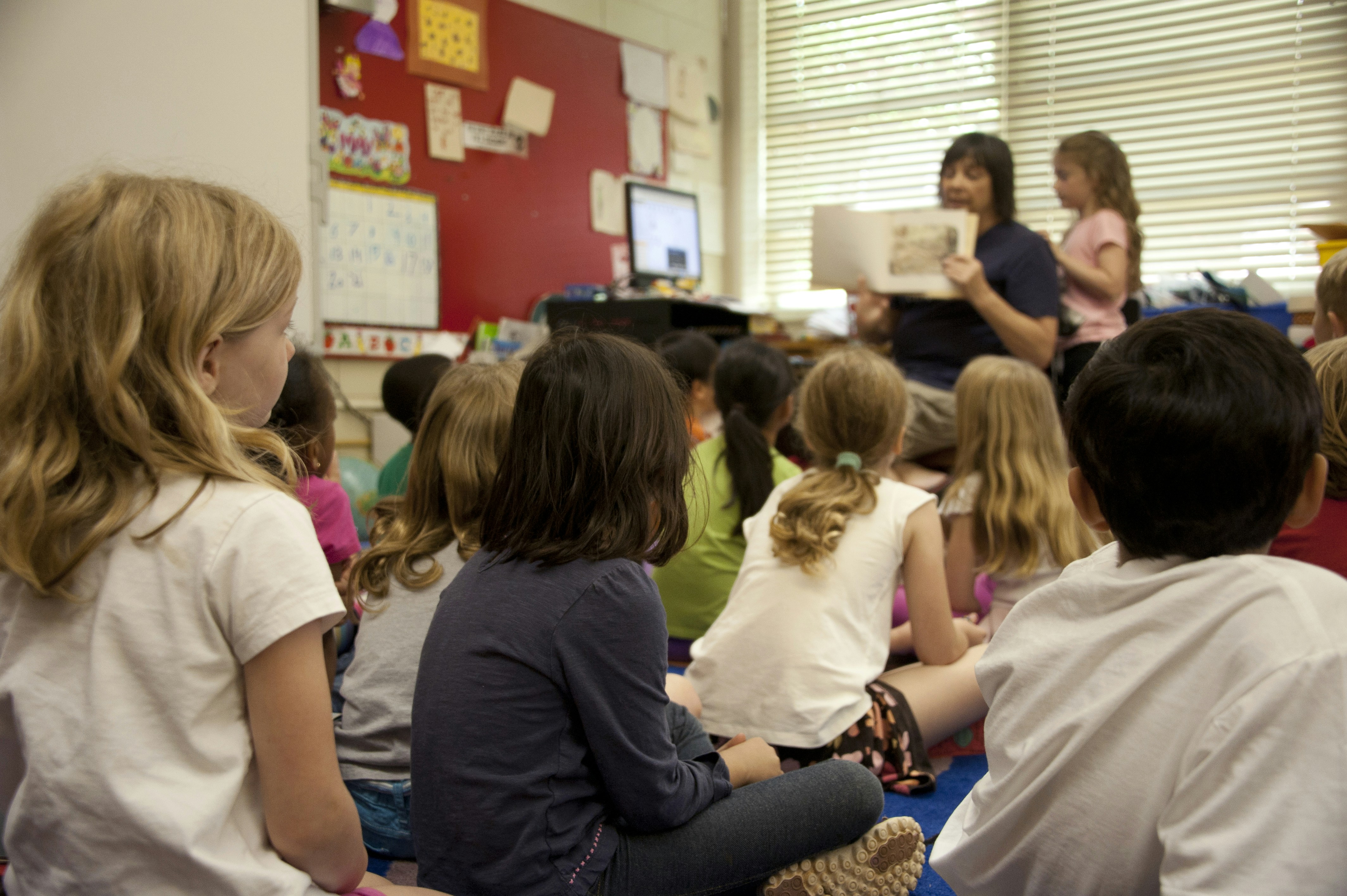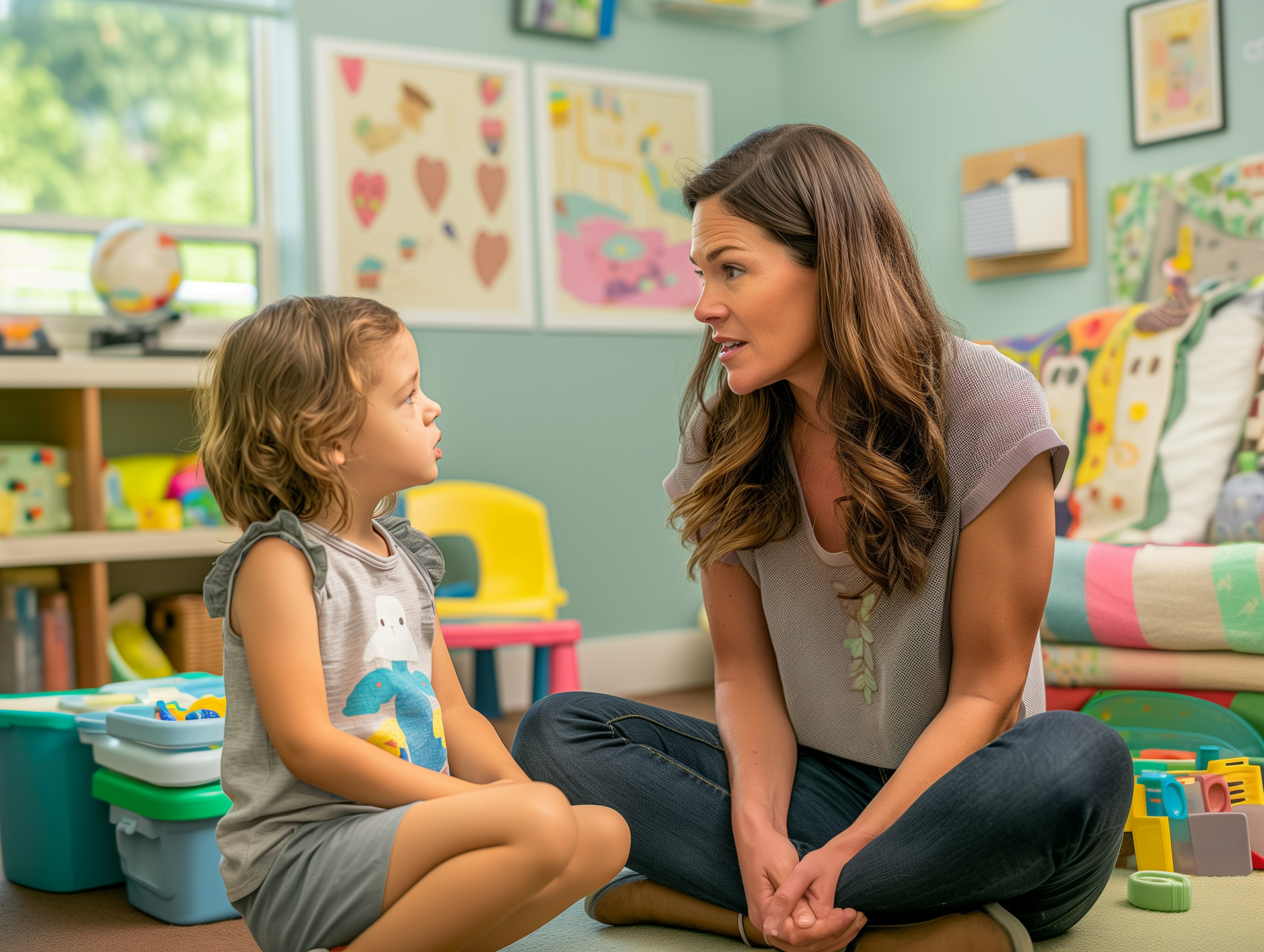In the journey toward creating a safer and more inclusive community, one of the most crucial steps is educating people about the difference between good touch and bad touch. This understanding is essential not only for protecting children but also for empowering adults to set boundaries, recognize inappropriate behavior, and take action when necessary.
This blog post aims to delve deeper into the concepts of good touch and bad touch, explore ways to educate communities, and highlight the role of parents, educators, and local authorities in fostering a safer environment.

Understanding the Difference: Good Touch vs. Bad Touch
Good Touch is characterized by physical interactions that are positive, welcomed, and appropriate based on the relationship and context. Examples include:
- Handshakes or High-Fives: Common gestures that convey friendship or congratulations.
- Hugs from Loved Ones: Hugs can be comforting and a way to show affection, especially when they come from trusted family members or close friends.
- Pats on the Back: A gesture of encouragement or congratulations.
- Medical Examinations: Touch that occurs during a medical examination, done by healthcare professionals with consent and for health purposes.
These touches should make the recipient feel safe, respected, and cared for.
Bad Touch includes any physical contact that feels uncomfortable, inappropriate, or violates personal boundaries. Examples include:
- Unwanted Touching of Private Areas: Any touch involving the private parts of the body without consent or in an inappropriate context.
- Forced or Coerced Touches: Hugs, kisses, or any other forms of physical contact that are forced or pressured.
- Secretive Touch: Touch that the person is told to keep secret, especially when accompanied by threats or bribes.
- Touch That Causes Discomfort: Any touch that makes someone feel uneasy, scared, or violated, regardless of the intent.
Recognizing and understanding these differences is essential in protecting individuals, particularly children, who may not yet have the ability to express their discomfort in words.

Steps to Empower the Community Through Education
Education is the foundation of a safer community. Here’s how we can empower residents:
- Organize Workshops and Seminars Hosting educational workshops and seminars in schools, community centers, and local events can effectively spread awareness. These sessions can cover topics like identifying inappropriate behavior, understanding consent, and knowing what steps to take when encountering a bad touch.
- For Children: These sessions should use age-appropriate language and scenarios to help children understand in a simple yet effective manner.
- For Adults: Workshops can focus on how to communicate with children about these topics, recognizing signs of distress, and how to intervene appropriately.
- Distribute Educational Materials Creating and distributing brochures, posters, and booklets that explain good touch and bad touch in an accessible way can reinforce the messages from workshops. Placing these materials in schools, libraries, community centers, and healthcare facilities ensures that they reach a wide audience.
- Encourage Open Communication Building a community where people feel safe discussing sensitive topics is crucial. Encouraging open conversations within families, schools, and neighborhoods about good touch and bad touch helps create a supportive environment. Children should know that it’s okay to speak up if something makes them uncomfortable, and adults should be equipped to listen without judgment.
- Establish Support Networks It’s important to have resources in place for those who may need help. This includes setting up counseling services, hotlines, and support groups that can provide assistance to individuals who have experienced bad touch. Knowing that support is available can empower individuals to come forward and seek help when needed.
- Involve Local Authorities Collaboration with local law enforcement, child protective services, and community leaders can enhance the effectiveness of these educational initiatives. Authorities can provide guidance on legal rights, offer protection, and intervene when necessary to safeguard the community.

The Vital Role of Parents and Guardians
Parents and guardians are the first line of defense in teaching children about personal boundaries and respect. Here’s how they can contribute:
- Model Appropriate Behavior: Children learn by watching the adults around them. Parents should model respectful and appropriate behavior in their interactions, demonstrating what good touch looks like in a healthy relationship.
- Teach Consent Early: Consent is a vital concept that children can start learning at a young age. Teaching children that they have the right to say “no” to any touch that makes them uncomfortable helps them understand bodily autonomy. This empowers them to protect themselves in various situations.
- Reinforce the “No Secrets” Rule: Encourage children to speak openly about anything that bothers them, especially if someone has asked them to keep it a secret. Make it clear that secrets about touch should never be kept and that they won’t get into trouble for telling the truth.
Creating a Culture of Safety and Respect
Building a safer community requires collective effort. By educating residents about the difference between good touch and bad touch, encouraging open dialogue, and providing support networks, we can protect the most vulnerable members of our community. Empowering individuals with knowledge and resources not only helps prevent abuse but also fosters a culture of respect, safety, and care.
Together, we can create an environment where everyone feels safe and supported, paving the way for a brighter, more secure future.
Lead your way to us ezroots.in
